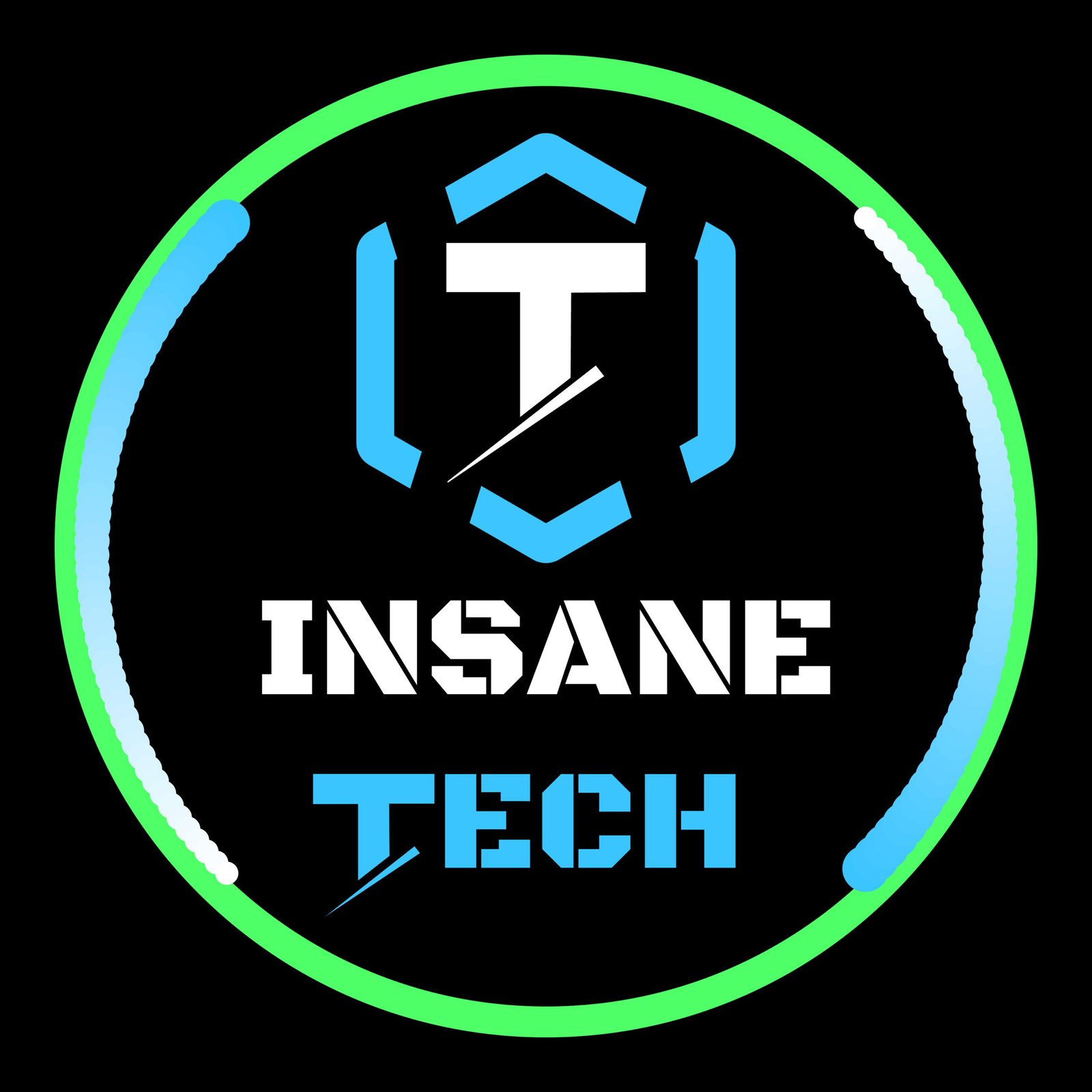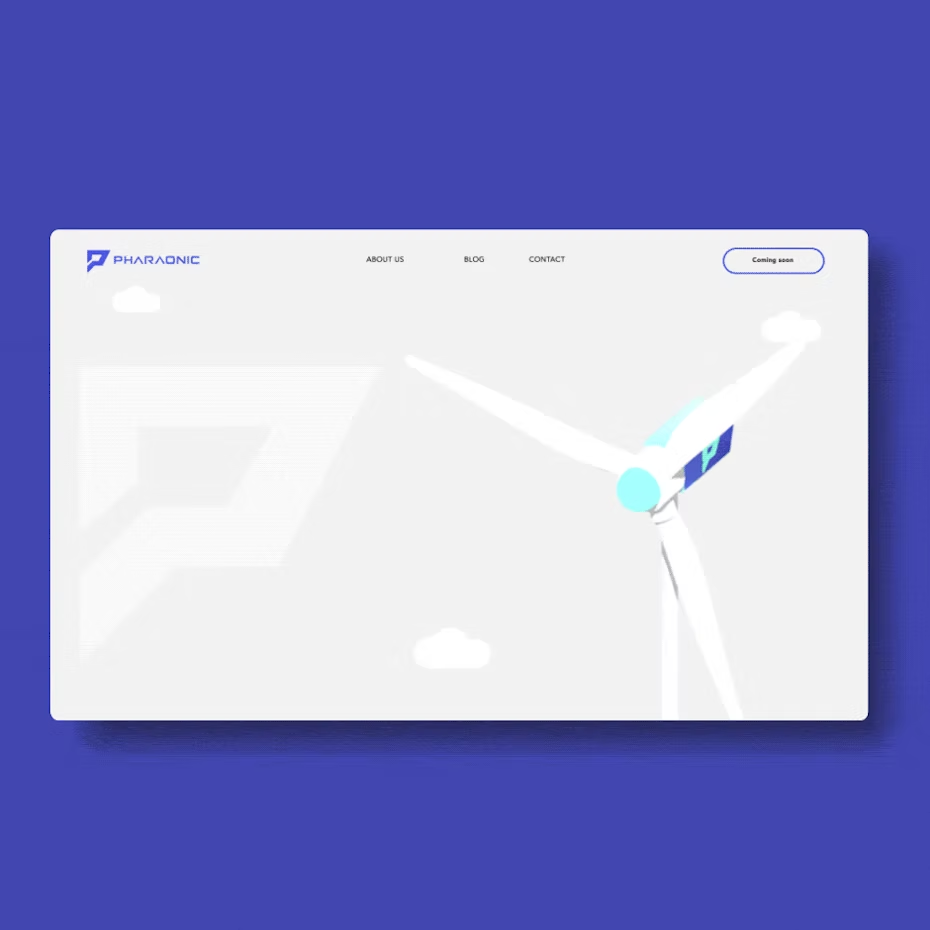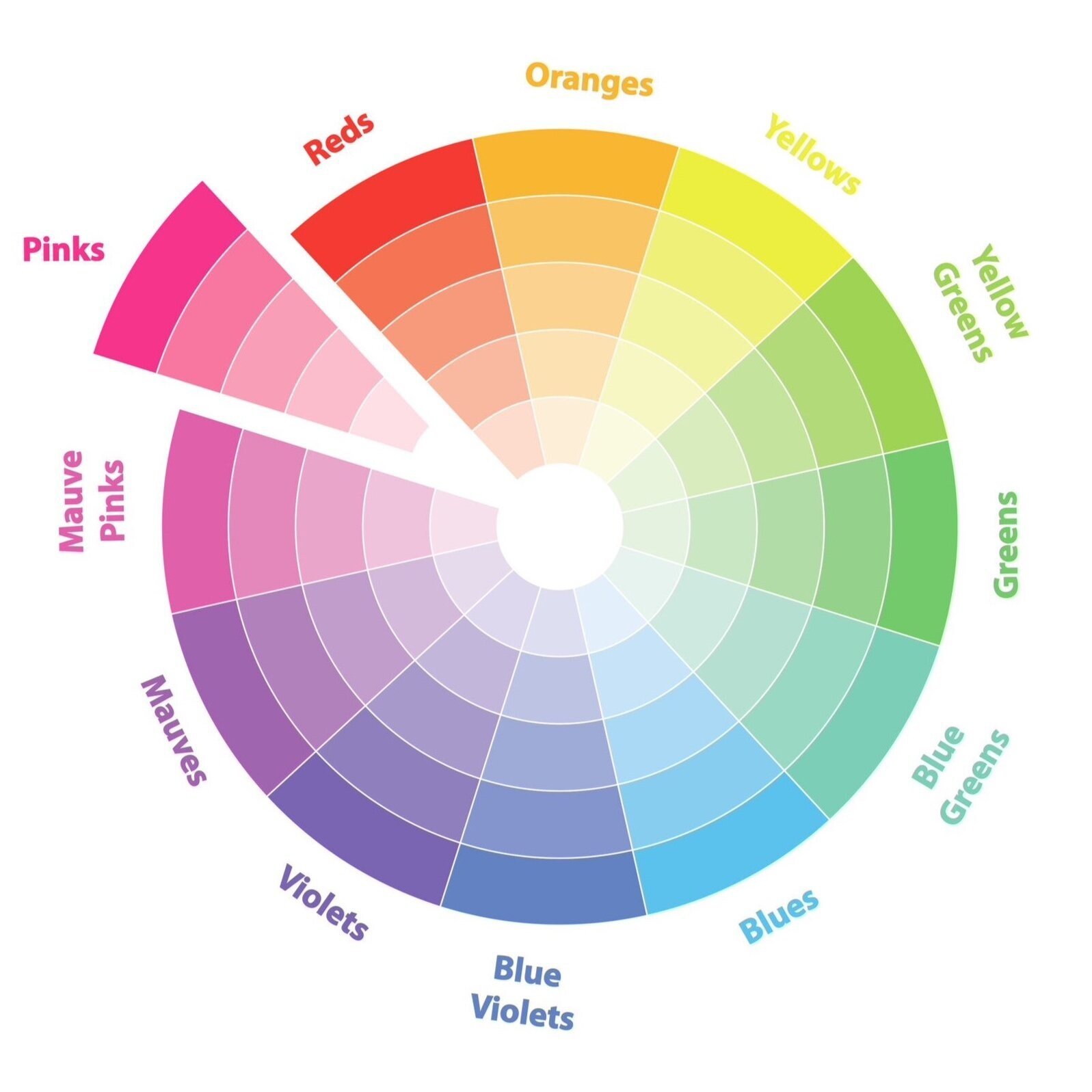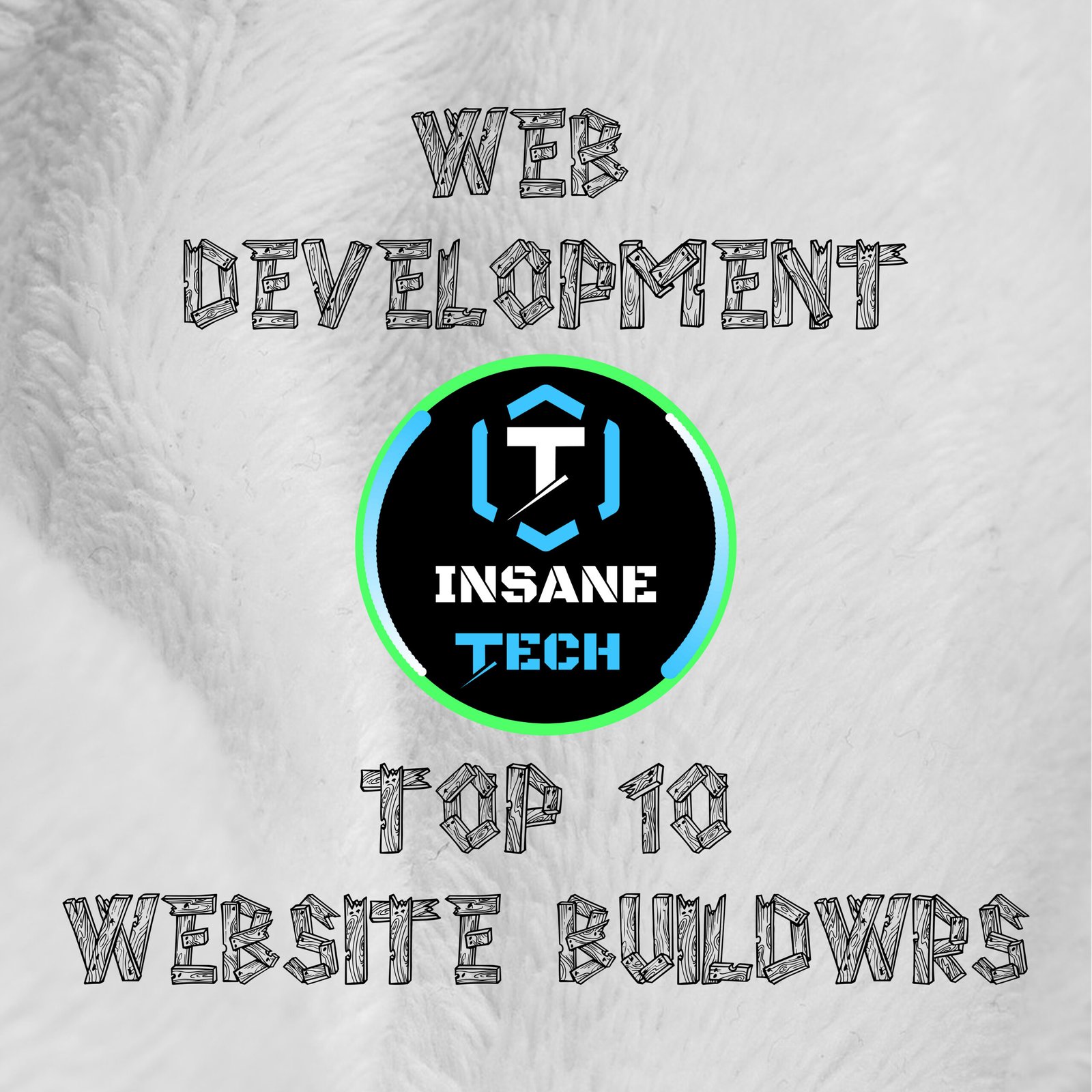Web Development: Top React Website Frameworks for Developers Introduction React has become one of the most popular JavaScript libraries for building user interfaces, and its ecosystem includes several powerful frameworks tailored for different needs. Here’s a look at the top React frameworks that can elevate your development experience and help you create outstanding web applications. Next.js Why it’s popular:Next.js is a leading React framework offering server-side rendering (SSR), static site generation (SSG), and dynamic routing. Known for its performance and SEO capabilities, it simplifies the development of modern web applications. Best for:SEO-driven websites, eCommerce platforms, and large-scale applications. Key Features: Automatic static optimization. API routes and incremental static regeneration. Integrated TypeScript and CSS support. Gatsby Why it’s popular:Gatsby is a React-based static site generator designed for blazing-fast websites. It leverages GraphQL to pull data from various sources, making it a great choice for content-heavy sites. Best for:Blogs, marketing websites, and portfolio sites. Key Features: Pre-fetching and image optimization. Plugin ecosystem for added functionality. Progressive web app (PWA) support Remix Why it’s popular:Remix is a full-stack React framework focused on performance and user experience. It offers seamless server-side rendering and robust data-fetching capabilities. Best for:Modern web applications that need advanced routing and optimized performance. Key Features: Nested routes for better organization. Real-time data mutations. Built-in error handling. Chakra UI Why it’s popular:Chakra UI is a modular and customizable component library that speeds up the design process while ensuring accessibility. Best for:Rapid prototyping and accessible designs. Key Features: Pre-styled components. Dark mode support. Highly customizable themes. Material-UI (MUI) Why it’s popular:Material-UI implements Google’s Material Design principles, providing a robust component library for building visually consistent UIs. Best for:Dashboards, admin panels, and apps requiring consistent design. Key Features: Ready-to-use components. Comprehensive documentation. Customizable themes. React Admin Why it’s popular:React Admin simplifies the development of admin dashboards with pre-built components and features like CRUD operations. Best for:Admin dashboards and management systems. Key Features: Built-in authentication. Data connectors for multiple APIs. Intuitive layout customization. Blitz.js Why it’s popular:Blitz.js is inspired by Ruby on Rails and provides a full-stack experience with built-in features like authentication and ORM integration. Best for:Full-stack applications with React. Key Features: Zero API layer. Highly productive developer tools. End-to-end type safety. Redwood.js Why it’s popular:Redwood.js is a full-stack React framework integrating Graph QL APIs and Prisma for database management. It’s tailored for building scalable applications. Best for:Startups and SaaS applications. Key Features: Built-in deployment support. Tight integration with React and Graph QL. Community-driven ecosystem. Reakit Why it’s popular:Reakit offers low-level UI primitives designed to build custom component libraries with accessibility in mind. Best for:Custom UI component libraries. Key Features: Headless components. Focus on accessibility. Highly flexible for advanced use cases. Razzle Why it’s popular:Razzle abstracts complex Webpack configurations, making it easier to build server-rendered React applications. Best for:Server-rendered React applications. Key Features: Simple configuration. Supports multiple frameworks. Optimized for both SSR and client-side rendering. Conclusion Choosing the right React framework depends on your project’s requirements, whether it’s performance, SEO, scalability, or design flexibility. Frameworks like Next.js and Gatsby are perfect for SEO and speed, while options like Remix and Redwood.js cater to full-stack needs. Dive into these frameworks and pick the one that aligns with your goals to create outstanding applications!
Cybersecurity: Zero Trust Security Architecture
Cybersecurity: Zero Trust Security Architecture: The Ultimate Defense Strategy Introduction In a world of evolving cyber threats, Zero Trust Security Architecture is becoming a cornerstone of modern cybersecurity strategies. In 2025, it is essential for businesses aiming to secure their networks against sophisticated attacks. What is Zero Trust? Zero Trust is a security model that requires strict verification for every user and device attempting to access resources, based on the principle of “never trust, always verify.” Implementing Zero Trust Key steps include micro-segmentation of networks, continuous monitoring, and strict access controls. Adopting a Zero Trust framework involves redesigning network architecture to eliminate implicit trust. Benefits of Zero Trust Zero Trust reduces the risk of insider threats, enhances visibility into user activities, and ensures that only authorized users can access sensitive data. Challenges and Considerations Implementing Zero Trust can be challenging due to legacy systems, cost, and the need for a cultural shift towards stringent security practices. Case Studies Organizations like Google with its Beyond Corp initiative have successfully implemented Zero Trust, demonstrating its effectiveness in reducing security breaches. Future of Zero Trust Advancements in AI and machine learning will further enhance Zero Trust by enabling predictive threat detection and automated responses. Conclusion Zero Trust Security Architecture is vital for businesses looking to safeguard their assets in an increasingly hostile cyber environment. Adopting this model can significantly enhance your security posture. References NIST: Zero Trust Architecture Google Cloud: Beyond Corp Enterprise CSO Online: Zero Trust Security
Digital Marketing: Blockchain for Transparent Digital Marketing
Digital Marketing: Harnessing the Power of Blockchain for Transparent Digital Marketing Introduction Blockchain, the technology behind cryptocurrencies, is making its mark on digital marketing. In 2025, it promises to enhance transparency, trust, and efficiency in the digital advertising ecosystem. Blockchain Basics Blockchain is a decentralized ledger that records transactions across multiple computers, ensuring transparency and security. Fighting Ad Fraud Blockchain can reduce ad fraud by creating an immutable record of ad impressions, clicks, and conversions, making it easier to verify authenticity. Enhancing Data Privacy With blockchain, users have more control over their data. It ensures that personal information is only shared with consent, aligning with privacy regulations like GDPR. Smart Contracts in Advertising Smart contracts automate the execution of agreements, ensuring that advertisers and publishers adhere to predefined terms without intermediaries. Tokenized Marketing Models Blockchain allows for the creation of tokens that can be used as incentives for user engagement, driving loyalty and interaction. Case Studies Several companies are exploring blockchain in marketing. For example, IBM’s blockchain solutions aim to bring transparency to digital ad campaigns. Conclusion Blockchain has the potential to revolutionize digital marketing by fostering trust and efficiency. As the technology matures, its adoption could lead to more transparent and accountable marketing practices. References IBM: Blockchain in Marketing Forbes: Blockchain in Digital Marketing CoinDesk: Blockchain Technology
Graphic Design: The Role of AI
Graphic Design: The Role of AI in Revolutionizing Graphic Design Introduction Artificial Intelligence (AI) is revolutionizing industries, and graphic design is no exception. In 2025, AI tools are not just assisting designers but transforming the creative process, automating routine tasks, and enhancing creativity. AI-Powered Design Tools Tools like Adobe Sensei and Canva use AI to automate tasks such as layout suggestions, color matching, and image editing, making design more accessible. Automated Design Generation AI can generate multiple design variations based on user input, saving time and effort in creating prototypes. Personalized User Experiences AI enables real-time personalization in design, allowing dynamic changes based on user preferences, which is essential for enhancing user engagement. Enhancing Creativity AI can assist in ideation by providing inspiration and automating mundane tasks, allowing designers to focus on more creative aspects of the project. Ethical Considerations There are concerns about the originality of AI-generated designs and the potential loss of the human touch in creativity. Balancing AI’s capabilities with human oversight is crucial. Future Prospects As AI continues to evolve, its role in graphic design will likely expand, with possibilities for more intuitive and context-aware design tools. Conclusion AI is set to play a pivotal role in graphic design, enhancing efficiency and creativity. Embracing these changes can give designers a competitive edge in a rapidly evolving industry. References Adobe: Adobe Sensei Canva: AI-Powered Design MIT Technology Review: The Impact of AI on Creativity
Web Development: Progressive Web Apps (PWAs) vs. Native Apps
Web Development: Progressive Web Apps (PWAs) vs. Native Apps: Which Should Your Business Choose in 2025? Introduction As mobile usage continues to rise, businesses face the dilemma of choosing between Progressive Web Apps (PWAs) and native apps. Each offers distinct advantages, but which is better for your business in 2025? What Are PWAs? PWAs are web applications that deliver an app-like experience through modern web capabilities. They offer features such as offline access, push notifications, and home screen icons without needing an app store. What Are Native Apps? Native apps are built specifically for platforms like iOS or Android, using platform-specific programming languages. They offer seamless integration with the device’s hardware and operating system. Performance Comparison PWAs are generally lighter and faster, as they don’t require installation. Native apps, however, provide better performance for resource-intensive applications. Development Costs and Time PWAs can be more cost-effective since they are built once and work across all devices. Native apps require separate development for each platform, increasing time and costs. Accessibility and Reach PWAs are discoverable via search engines and don’t require downloads, making them accessible to a wider audience. Native apps offer better engagement but are limited by app store policies. Security Considerations Both PWAs and native apps offer robust security features. However, native apps benefit from app store vetting processes, while PWAs rely on HTTPS for secure data transmission. Future Trends With advancements in web technologies, PWAs are closing the gap in functionality with native apps. Meanwhile, native apps continue to dominate in performance-critical applications. Conclusion Choosing between PWAs and native apps depends on your business goals, target audience, and budget. Both have their strengths, and the right choice can drive your business’s success in the digital landscape. References Google Developers: Progressive Web Apps MDN Web Docs: Progressive Web Apps Apple Developer: Native App Development
Cyber security: Ransomware: How to Protect Your Business
Cybersecurity: Understanding Ransomware: How to Protect Your Business Introduction: Ransomware attacks are on the rise, posing a significant threat to businesses of all sizes. Understanding what ransomware is and how to protect your business is crucial in today’s digital landscape. Regular Backups: Maintain regular backups of your data to minimize the impact of an attack. Employee Training: Educate employees on recognizing phishing attempts and other common attack vectors. Use Antivirus Software: Deploy robust antivirus and anti-malware solutions to detect and prevent infections.: Update Systems Regularly: Ensure all software and systems are up to date with the latest security patches. Implement Access Controls: Limit access to sensitive data to only those who need it. Use Multi-Factor Authentication (MFA): MFA adds an extra layer of security, making it harder for attackers to gain access. Monitor Network Traffic: Regularly monitor network traffic for unusual activity that could indicate an attack. Develop an Incident Response Plan: Have a plan in place to respond quickly to a ransomware attack to minimize damage. Use Encryption: Encrypt sensitive data to protect it even if it falls into the wrong hands. Work with Cybersecurity Experts: Consider hiring experts to assess your security posture and implement best practices. Ransomware is a serious threat, but with proactive measures, you can protect your business. Stay vigilant and keep your cybersecurity practices up to date.
Digital Marketing: SEO Strategies That Will Boost Your Rankings
Digital Marketing: SEO Strategies That Will Boost Your Rankings in 2025 Introduction: Search Engine Optimization (SEO) is an ever-evolving field. With new algorithms and user behaviors shaping search trends, it’s vital to stay updated. Here are some top SEO strategies for 2025 that can help your website rank higher. Focus on User Experience (UX): Google’s algorithms are increasingly prioritizing UX. Ensure your site is fast, responsive, and easy to navigate. Optimize for Voice Search: With more users utilizing voice assistants, optimizing for conversational keywords is essential. Quality Content: High-quality, informative content remains king. Focus on creating valuable resources that answer user queries. Mobile-First Indexing: Ensure your site is mobile-friendly, as Google prioritizes mobile versions for indexing. Use Schema Markup: Implement schema markup to help search engines understand your content better. Video Content: Incorporate video content, as it can increase engagement and reduce bounce rates. Local SEO: Optimize for local search by ensuring your business is listed in local directories and using location-based keywords. Secure Your Site: HTTPS is a ranking factor. Make sure your site is secure to build trust with users. AI and Automation: Leverage AI tools for keyword research, content creation, and data analysis. E-A-T (Expertise, Authoritativeness, Trustworthiness): Build your site’s E-A-T by showcasing expertise and securing authoritative backlinks. Implementing these strategies can improve your site’s visibility and drive more traffic. Stay ahead by continuously adapting to SEO changes.
Graphic Design: Color Palettes That Will Dominate 2025
Graphic Design: Color Palettes That Will Dominate 2025 Introduction: Color plays a pivotal role in design, influencing emotions and perceptions. As we move into 2025, certain color trends are set to take the spotlight. Whether you’re working on branding, websites, or marketing materials, understanding these trends can give your designs a modern edge. Neo-Mint: A fresh, futuristic green that symbolizes nature and technology coming together. Digital Lavender: This calming pastel is perfect for wellness and tech industries, offering a soothing yet modern vibe. Vivid Blues: Bright blues convey trust and dependability, making them ideal for tech and finance sectors. Sunset Hues: Warm oranges and pinks evoke nostalgia and optimism, suitable for lifestyle and travel brands. Cyber Yellow: This bold, attention-grabbing color is great for tech-forward designs. Soft Purples: These shades suggest luxury and creativity, often used in beauty and fashion industries. Earthy Tones: Browns, beiges, and muted greens are making a comeback, reflecting sustainability and eco-consciousness. Greyscale: Minimalistic and versatile, greyscale palettes are timeless, fitting for professional services. Muted Pastels: Subdued versions of classic pastels bring a sophisticated touch to designs. Monochromatic Themes: Using varying shades of a single color can create depth and consistency in design. Staying ahead of color trends can help your designs feel fresh and relevant. Experiment with these palettes to find what best represents your brand’s identity in 2025.
Web Development: Top 10 Website Builders for Small Businesses in 2025
Web Development: Top 10 Website Builders for Small Businesses in 2025 Introduction: In the digital age, having an online presence is crucial for small businesses. A well-designed website can help attract customers, establish credibility, and boost sales. But not all business owners have the technical skills to build a website from scratch. Thankfully, website builders offer a user-friendly solution. Here’s a look at the top 10 website builders for small businesses in 2025. Wix: Wix remains a popular choice for small businesses, offering a drag-and-drop editor, customizable templates, and a range of apps. Squarespace: Known for its sleek, professional templates, Squarespace is perfect for businesses focused on aesthetics. Shopify: For eCommerce businesses, Shopify provides a robust platform with various payment integrations and inventory management features. Weebly: Weebly offers simplicity and ease of use, making it a great option for those new to website building. WordPress.com: WordPress.com combines flexibility and power, with an array of plugins to enhance functionality. GoDaddy Website Builder: GoDaddy’s builder is fast and straightforward, ideal for quick launches and simple sites. BigCommerce: Another strong choice for eCommerce, BigCommerce provides scalability for growing businesses. Duda: Duda specializes in mobile-responsive sites and is great for businesses targeting mobile-first users. Jimdo: Jimdo offers AI-powered website creation, simplifying the process for beginners. Webflow: Webflow combines design freedom with powerful hosting capabilities, catering to more advance users. Choosing the right website builder depends on your business needs, technical skills, and budget. These tools offer a range of features to help you create a professional online presence with ease.
HTTP & HTTPS
My Journey with HTTP & HTTPS: Why They Matter More Than Ever Introduction Hey everyone! Today, I want to share my journey and experiences with two crucial web protocols: HTTP and HTTPS. These protocols are the backbone of web communication, and understanding them has been key to building secure and efficient websites. So, grab a cup of coffee and join me as we dive into the world of HTTP and HTTPS. Discovering HTTP When I first started building websites, HTTP (Hypertext Transfer Protocol) was my go-to. It was straightforward and got the job done. HTTP is what allows our browsers to communicate with web servers, fetching the web pages we request. What I Learned About HTTP: Security Concerns and Vulnerabilities: Enter HTTPS: The Secure Sibling As I gained more experience, the need for secure communication became evident. Enter HTTPS (Hypertext Transfer Protocol Secure). HTTPS is essentially HTTP but with an added layer of security through encryption. What Makes HTTPS Different: Enhanced Security and Reduced Vulnerabilities: My Personal Experiences: HTTP vs. HTTPS The Turning Point: Why HTTPS is Essential Today How I Implemented HTTPS Conclusion Transitioning from HTTP to HTTPS has been a pivotal step in my web development journey. It’s not just about following trends; it’s about ensuring security, building trust, and improving SEO. If you haven’t made the switch yet, I highly recommend doing so. Your users—and search engines—will thank you!









